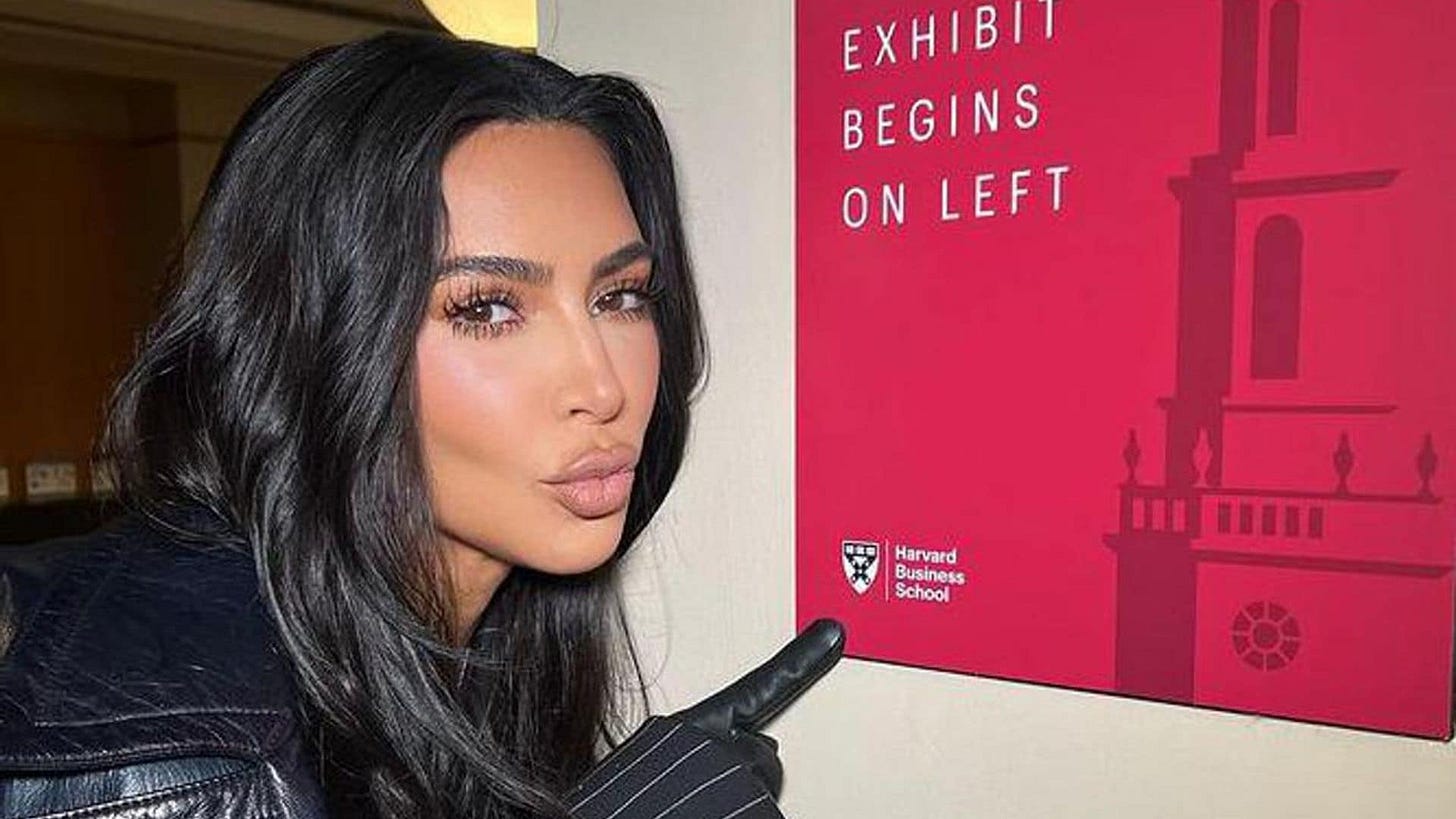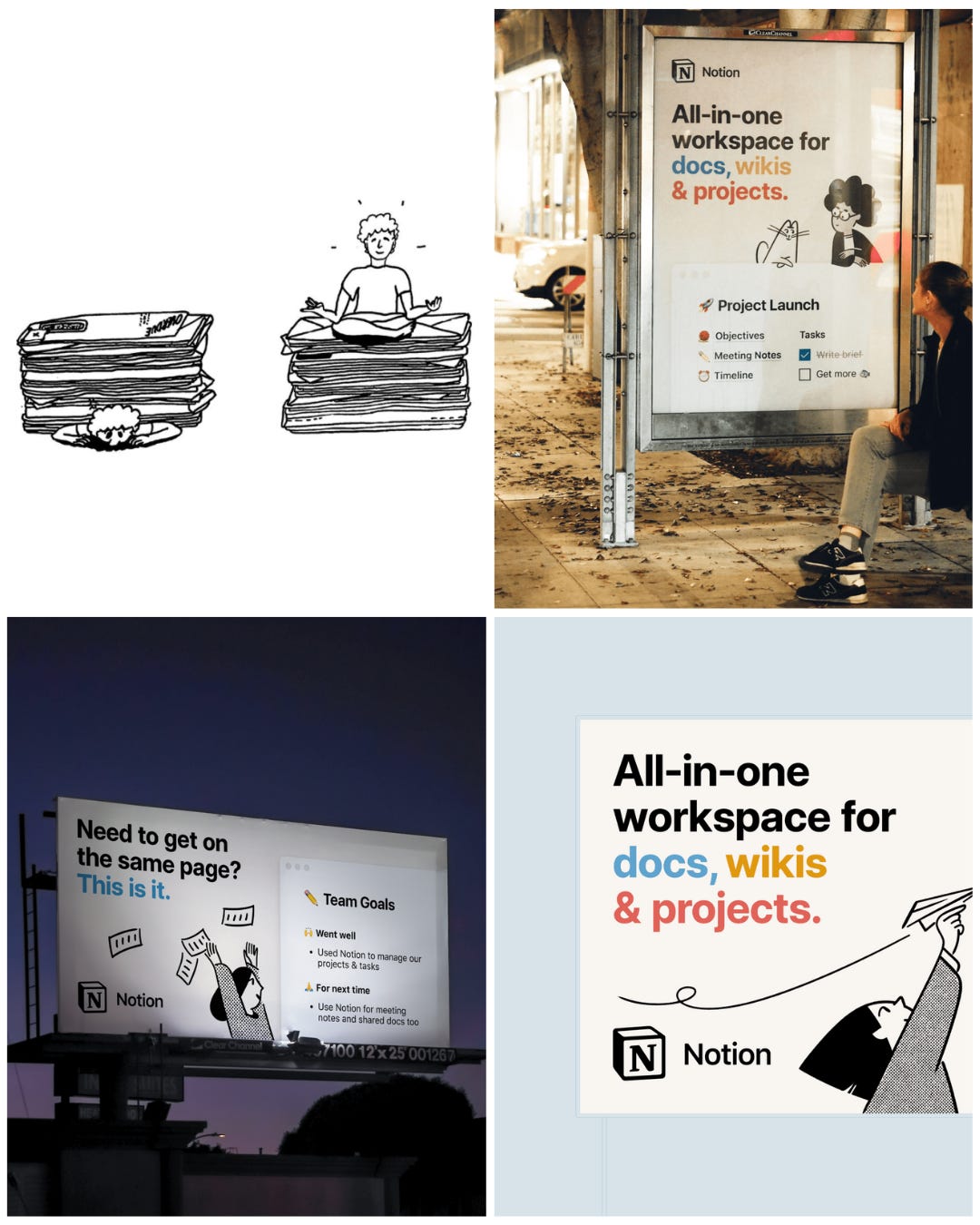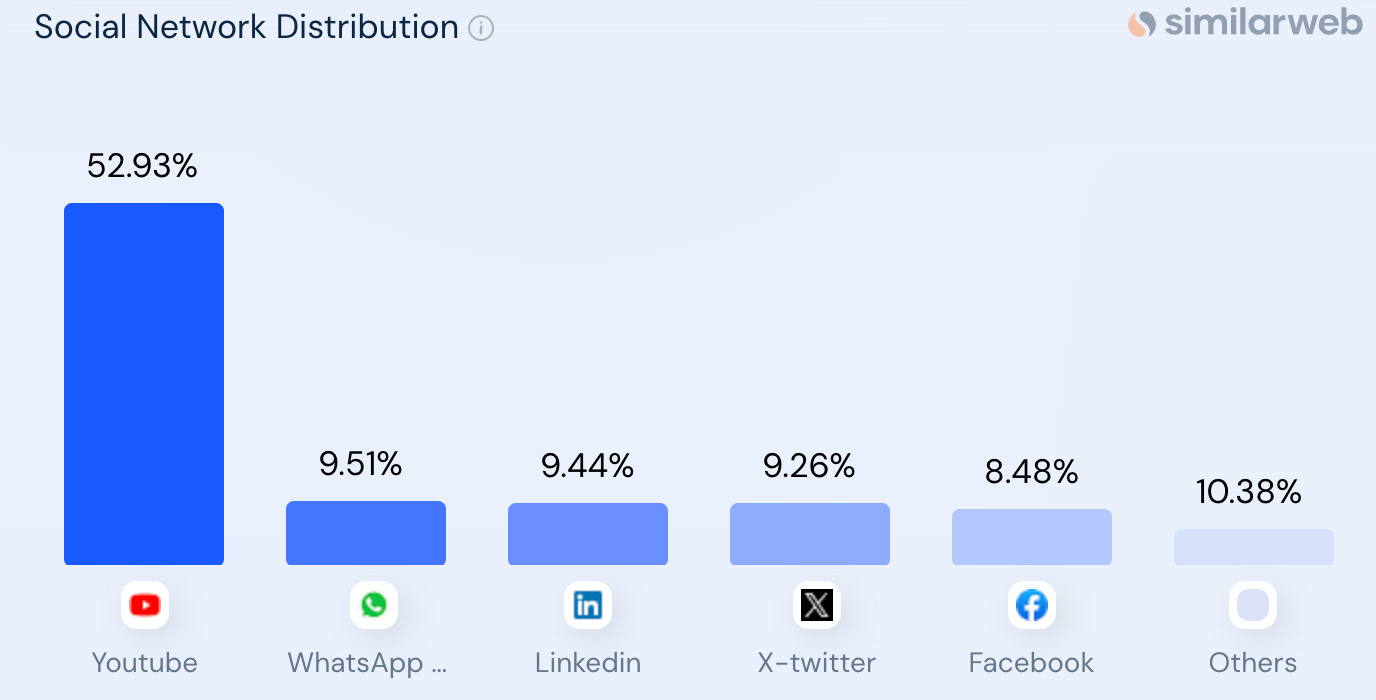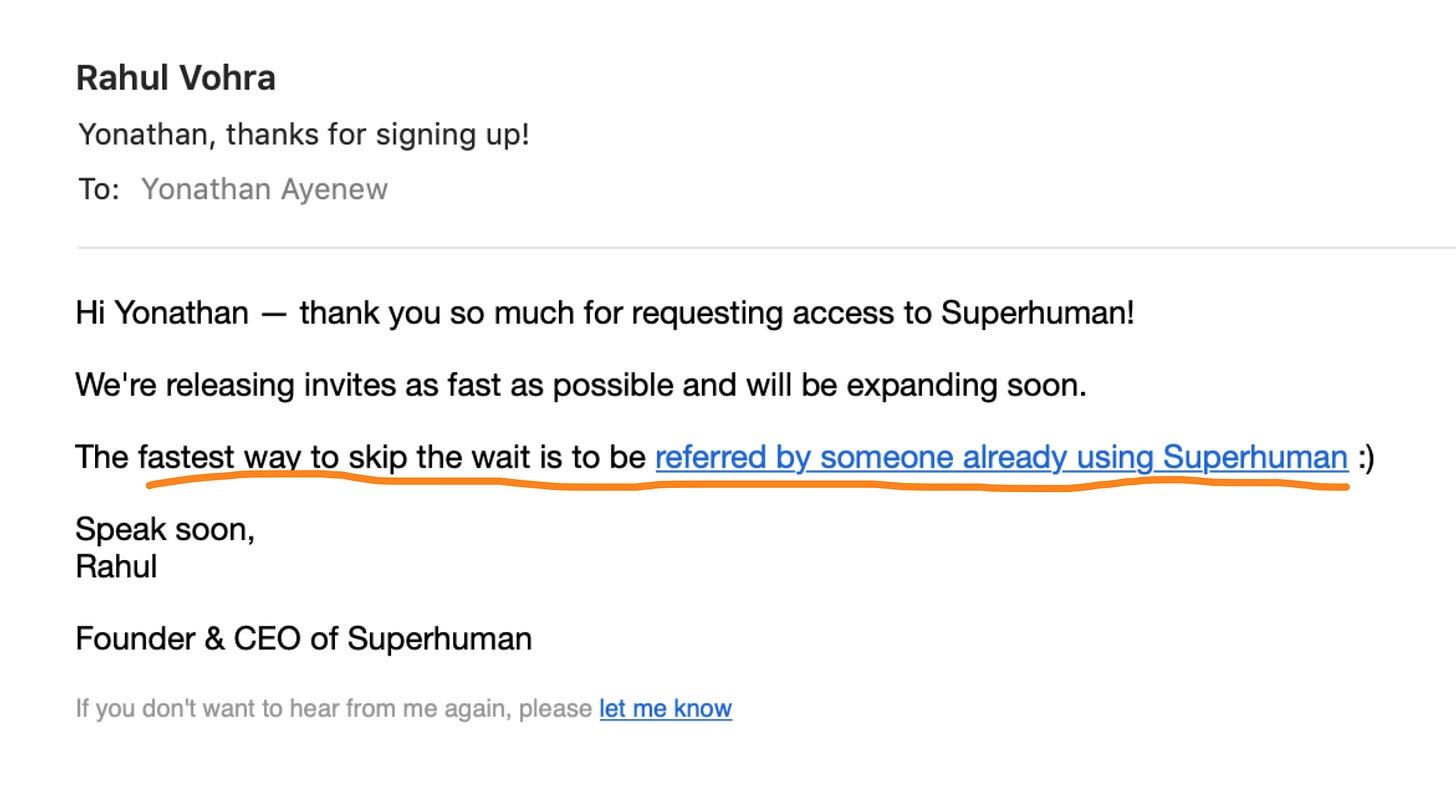Attention Really Is All You Need: What Startups Must Learn from Kim Kardashian
In a world of infinite scrolling, being seen is the ultimate feature

Every business is now in the attention business. The ones who realize this first will win.
At least 30,000 new products launch every year. Most die in silence. Great features, solid execution, zero attention. Thanks to AI, building is easier than ever. Getting noticed? That's the hard part.
Meanwhile, Kim Kardashian built a $4 billion empire. She leveraged her notoriety to launch her own reality television show, “Keeping Up with the Kardashians”. From there, she transformed that attention into SKIMS shapewear, SKKN skincare, and multiple other ventures.
Love her or hate her, she cracked the code on something most businesses struggle with: getting noticed in a noisy world.
Yes, I'm serious. The Kardashian playbook for breaking the internet might be exactly what your startup needs.
I dug through her tactics and realized many could be applied to startups. The findings might surprise you.
Build strategic vulnerability, not just features
Cultivate your signature vibe, not just the logo
Dominate the platform where your users live
Create FOMO through strategic scarcity
Expand your empire using attention as currency
Let's dive in...
1. Build strategic vulnerability, not just features
What story are you telling? Products need narratives too.
Kim's Example: Rather than just promoting products, Kim invites followers into her life—sharing photoshoots, makeup routines, and law study sessions. Her TV show opens her world to fans. This turns sales posts into chapters of an ongoing story, keeping followers invested in her journey, not just her products.
Startup Application (Buffer): Buffer shared everything: salaries, revenue, diversity stats. They did this before "building in public" was cool. Their "Open Blog" became a resource for founders seeking honest insights into startup operations. Now, there are thriving “build in public” community on X and podcast with thousands of views.
For Startups:
Most founders think "building in public" means sharing metrics, but they're missing the human connection
Are you willing to show your struggles when everyone else is crafting perfect success stories?
What behind-the-scenes content would make people care?
The perfect product story isn't about perfection at all—it's about the messy, relatable journey
2. Cultivate your signature vibe, not just the logo
While a person has a brand identity, companies do too.
Kim's Example: Kim created a signature look (neutral colors, minimalist style, tight bodycons) that's instantly recognizable. This consistency across social media, home decor, and marketing creates a cohesive visual language that's unmistakably "Kim." But more importantly, her brand makes people feel sexy and confident.
Startup Application (Notion): Notion built a minimalist black-and-white aesthetic with playful illustrations. This visual identity extends across their product, social media, and billboards, making them immediately recognizable in the crowded productivity space. Their brand makes users feel organized and productive.

For Startups:
Your users feel your vibe before they ever experience your features
If I removed your logo, would anyone recognize your content?
Your brand isn't your color palette. It's how you make people feel when they encounter you
3. Dominate the platform where your users live
Kim's Example: Kim maintains a multi-platform presence but strategically tailors content for each channel. On Instagram, she shares lifestyle moments and product shots. On TV, she gives deeper access to her personal life. On Twitter, she shares quick updates and promotional content. Rather than posting the same content everywhere, she creates platform-specific material that feels native to each audience.
Startup Application (Lovable): Lovable, an AI-powered app builder, now adds 1,500 customers per day and uses 12+ growth channels simultaneously. GitHub (54K stars), X (daily technical updates), LinkedIn (professional insights), Discord (34K members), Youtube (20K subscribers), podcasts, and etc. Each platform gets tailored content that fits how users behave there.
has a great post that deep dives into this.
For Startups:
Where do your ideal users actually spend time, and how do they consume content on each platform?
Are you creating platform-specific content that is tailored to your potential users?
Success comes from understanding each platform's unique culture and tailoring your message accordingly
4. Create FOMO through strategic scarcity
Kim's Example: For KKW Beauty (later known as SKKN), Kim created limited-edition collections that sold out in minutes. With SKIMS, she strategically released products in "drops" with countdown timers. Her Fendi x SKIMS collaboration made over $1 million in just one minute of launch.
Startup Application (Superhuman): Superhuman maintained an invitation-only model for years, creating a waitlist of over 275,000 people with limited invites per user. Similarly, Clubhouse went viral during Covid with its invite-only model, making access feel exclusive.

For Startups:
How can you frame even minor updates as exciting moments of progress? ("We fixed bugs" vs. "The Summer '25 Performance Release is here!")
Consider waitlists, early access programs, or limited beta spots
People desire what others can't easily have
5. Expand your empire using attention as currency
Kim's Example: Kim built an audience with her TV show and social media. Then, she launched SKIMS (valued at $4 billion), leveraging her access to millions of followers. She then expanded into skincare (SKKN) and later SKKY Partners, a private equity firm where her fame helps portfolio companies gain visibility.
Startup Application (Hubspot): HubSpot started with a free CRM in 2014, then expanded strategically. They added Marketing Hub for campaigns and emails, then Service Hub for customer support, Operations Hub for data management, Content Hub for marketing, and Commerce Hub for payments. Each new product connects to their CRM, creating a complete ecosystem where each tool makes the others more valuable.
For Startups:
What other problems can you solve for your current users?
Your first product isn't your final destination; it's your beachhead
Consider both horizontal expansion (new product lines) and vertical integration (owning more of the value chain)
To summarize: Stop blending in, start standing out
Share the real stuff: What behind-the-scene moments can you share?
Define your vibe: What's the one thing people should recognize instantly about your brand?
Fish where the fish are: Where do you ideal users hang out? How can you tailor content to each platform?
Make updates feel special: How can your next update feel like a "drop," not just a changelog entry?
Grow with your audience: What's the next thing your users need?
As AI democratizes technology creation, attention becomes a competitive edge. Kim's strategies aren't celebrity gimmicks—they're timeless psychological principles that work in any industry.
Your product might be awesome, but if no one's paying attention, does it really matter? The next time you're ready to ship that feature update, ask yourself: "What would Kim do?"
Because in today's crowded market, attention really is all you need.




